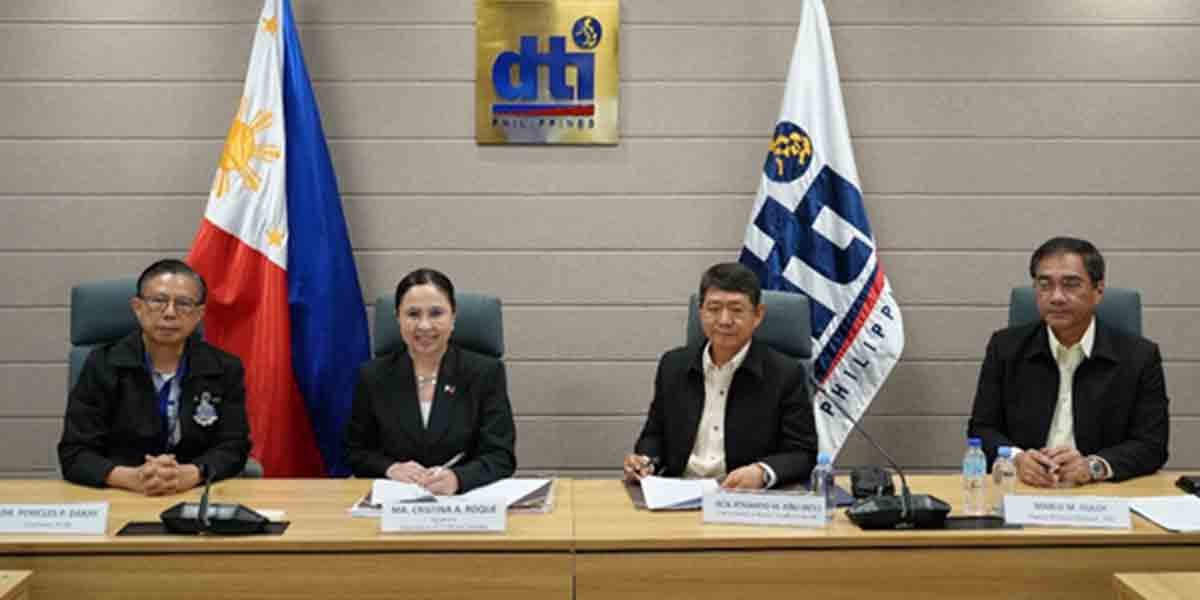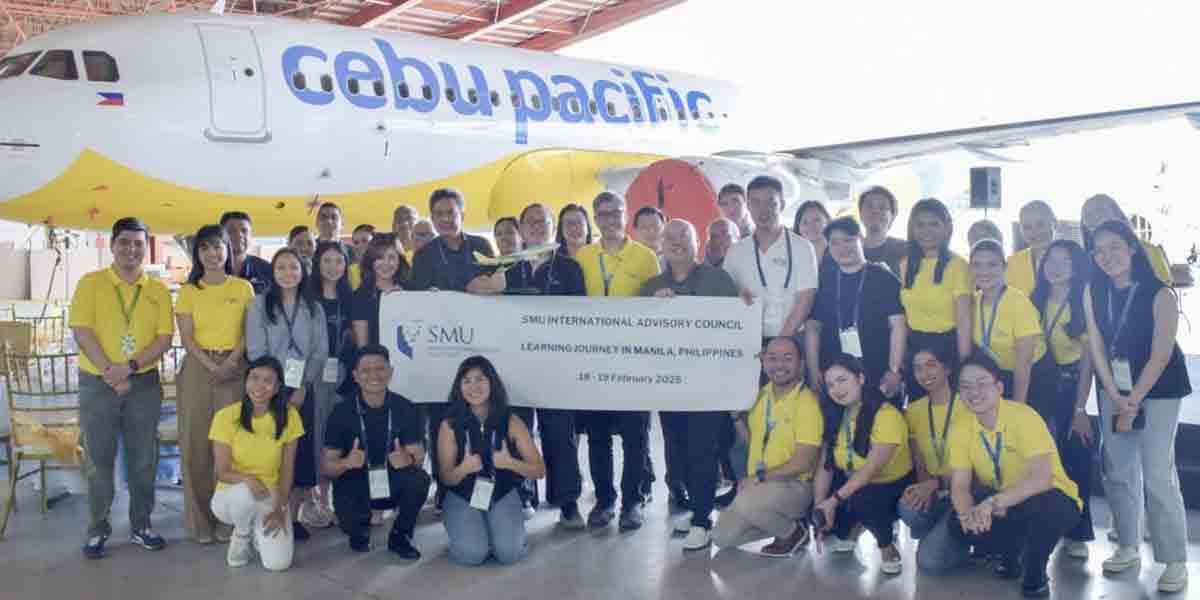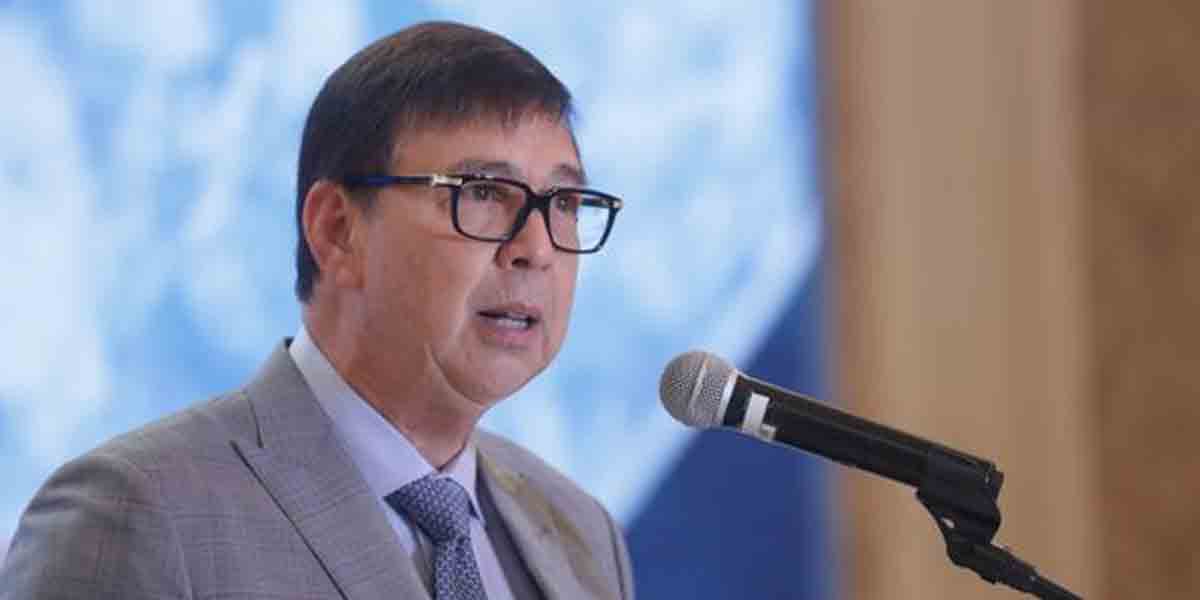 By: Modesto P. Sa-onoy
By: Modesto P. Sa-onoy
BACOLOD City officials should make up their minds and coordinate with the Department of Public Works and Highways to determine the utility or uselessness of islands at the center of the road.
While Councilor Dindo Ramos wants to remove the center islands to widen the roads, the DPWH is constructing islands along the Bacolod Sum-ag Road, from the old airport to Sum-ag. The center islands in this area had been there for years and nobody considered them useless. The only problem with these islands is that they are not properly maintained. However, there are also times when the area is cleaned and serve as a pleasant sight to weary eyes.
The Bacolod-Sum-ag center islands are planted with bougainvillea and suntan with their red and yellow flowers. At some portions they are covered with weeds but once cleaned up, the flowers beautify the road.
The targets for removal are center islands at the Bacolod Shopping Center, particularly in the Narra and Tindalo Avenues and at North Drive from Lacson and then to Lopez Jaenato Burgos. A private cemetery of the Luzuriaga family narrows the road. The center islands are planted with pine trees while the Luzuriaga cemetery has kalachuchi.
Over ten thousand netizens were reported to have expressed opposition to their removal. Vice Mayor El Cid Familiaran and Councilor Cindy Rojas allegedly said they are also opposed. The residents of the two Shopping Center avenues are also reportedly against the plan.
The removal of the center islands will certainly widen the roads but if the city looked at these roads well, they will find they are already wide. Only Tindalo Avenue is narrow, but it can accommodate vehicles overtaking.
What is needed in Narra and Tindalo Avenues is the removal of illegal structures. Nope, the recent campaign did not clear many roads, among them Tindalo and Narra. There is something defective in the construction of the commercial buildings – they have no parking areas except the streets. Worse, some streets are used for stockpiling and workshops.
Trucks, vans and other vehicles park diagonally and take up portions of the road. Many vehicles park parallel and behind the ones parked diagonally and since no enforcer is assigned there, traffic movement is determined by street barkers.
Other than its aesthetic value because the islands also serve as plant boxes, the center island are places for pedestrians to pause while crossing the street. Here they are at least safe and better if there are trees to provide shade.
Of course, a center island takes road space but in areas where they are now, the streets are not overcrowded. The traffic gluts are at the intersections where jeeps stop or move on slowly to wait for passengers. They are tolerated by traffic enforcers. If this practice is stopped, not only in places where there are center islands but elsewhere, the city’s traffic can improve.
These islands are effective means to regulating traffic flow as they prevent drivers who have no respect for traffic rules from zigzagging on the road to get ahead.
At Tindalo and Narra avenues, the problem is not just the streets but also sanitation. People throw trash under the trees. The first suspects are the residents nearby but other people also find the place as a convenient garbage dump.
The primary concern of the opposition to the plan is the removal of the trees. Indeed, those trees had been there for a long time, but I would not miss to estimate at least twenty years and they had served well in absorbing the deadly carbon dioxide.
Reports say that the decision is not yet final. The Bacolod City Engineer’s Office will still study the proposal but from the looks of it, their primary purpose is road widening and not the environmental issue which is the bottom line for the opposition.
Of course, the trees can be transplanted, but where? Why uproot and replant? Is there assurance that once transplanted the pine trees will survive? They are old and have already deep roots. Once removed they will die.
The trees should be allowed to stay at the center line. They are not useless but serve a greater good. The city can solve the traffic problem without killing the trees, like opening more roads and clearing the remaining privileged illegal structures that the DILG “failed” to see.























